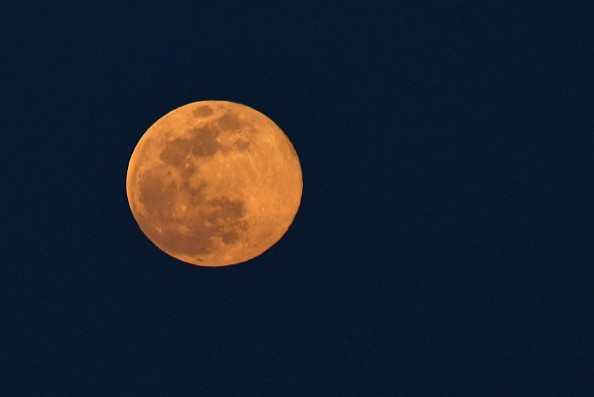Expect a "super full moon" on April 27, 2021, coastal cities like Miami are aware that it means one thing:an increased tidal flooding risk. Exceptionally high tides are usual when the moon is very close to the Earth, termed perigee, and when it's either new or full.

Super Full Moon
In the condition of what's informally called a super full moon, it's full and at perigee at the same time. But something else is happening with how the moon orbits the Earth that people should have knowledge about. It's known as the lunar nodal cycle, and it's currently concealing a looming danger that can't be overlooked.
Presently, we're in the period of an 18.6-year lunar cycle that reduces the influence of the moon on the oceans. The outcome can make it appear like the risk of coastal flooding has leveled off, and that can lead to a less obvious rising of the sea level. But communities shouldn't get self-satisfied.
The global sea level is still increasing with the warming planet, and that 18.6-year cycle will start working against us in the near future. An atmospheric scientist at the University of Miami's Rosenstiel School of Marine and Atmospheric Science who keeps a close watch on the sea level rise in Miami, gives a suggestion on what we need to know.
Also Read : Three's a Charm! Eclipse, Comet and Full Moon All Set to Make an Appearance on Friday Night
Tides on Earth
The gravitational pull of the moon is the dominant reason there are tides on Earth. More particularly, Earth rotating below the moon once every day and the moon orbiting around Earth once every month are the major reasons the ocean is always sloshing around. In the easiest terms, the gravitational pull of the moon produces a bulge in the ocean water that is nearest to it. There's a related bulge on the opposite side of the planet because of the water inertia.
As the rotation of the Earth through these bulges takes place, high tides emerge in each coastal region every 12 hours and 25 minutes. Some tides are more intense than others, based on geography. The sun has a role to play too: The rotation of the Earth, and also its elliptic orbit around the sun, produces tides that change throughout the day and the year. But that impact is lower than half of the contribution of the moon.

The Ecliptic Plane
This gravitational war on our water was found almost 450 years ago, though it's been occurring for almost four billion years. In short, the moon has very powerful control over the way we experience sea level. It doesn't influence sea level rise, but it can conceal or magnify it.
Earth orbits the sun in a particular plane known as the ecliptic plane. Let's picture that plane being level for simplicity. Now visualize the moon orbiting Earth. That orbit also rests on a plane, but it's tilted a little, approximately 5 degrees relative to the ecliptic plane.
That implies that the orbital plane of the moon intersects Earth's orbital plane at two points, known as nodes.
Related Article : 2021 First Full Moon: The History of 'Wolf Moon'
For more news updates about the moon and similar topics don't forget to follow Nature World News!
© 2025 NatureWorldNews.com All rights reserved. Do not reproduce without permission.





